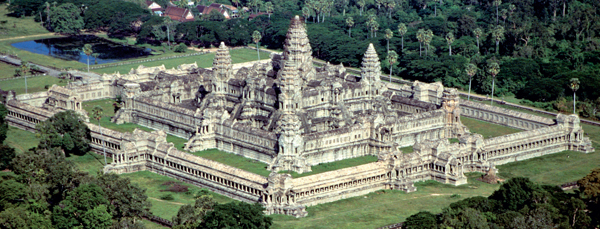Discuss the Ming emperors' Forbidden City.
What will be an ideal response?
The ideal answer should include:
- Zhu Di undertook the construction of the Forbidden City, as an Imperial Palace compound in Beijing on the site of Kublai Khan's ruined capital.
- Only those on official imperial business were allowed to enter its gates, and the emperors and their families rarely left the confines of the Forbidden City
- The general plan is Ming but based on Mongol precedents.
- The Forbidden City itself was in the middle of the Inner City. Beijing is laid out on a grid, and the Forbidden City is laid out on a grid within the grid along a north-south axis according to the principles of feng shui.
- Following traditional practice, the Forbidden City covers about 240 acres and is walled by 15 miles of fortifications. It is composed of 9,999 buildings and rooms, each constructed with nails, nine nails per row. The number nine in Chinese sounds like the word for "everlasting," and because nine was believed to be the extreme of positive numbers, the maximum of the singular, it was thus reserved for use only by the emperor.
You might also like to view...
Egypt’s Coptic Christians were subjected to periodic persecution by the Byzantine Empire, and many thus converted to Islam.
Answer the following statement(s) true (T) or false (F)
Egyptian funerary practices revolved around a belief in an afterlife for the righteous and the __________.
A. resurrection of the god Osiris B. devouring of all souls by Ammit C. "breath of life" from Aten D. protection offered by Horus
?

A. Devi B. Shiva C. Ganesha D. Vishnu
Name the following cadences. Blanks are provided where needed. It will be helpful to spell each chord above the staff and provide a roman numeral analysis.
